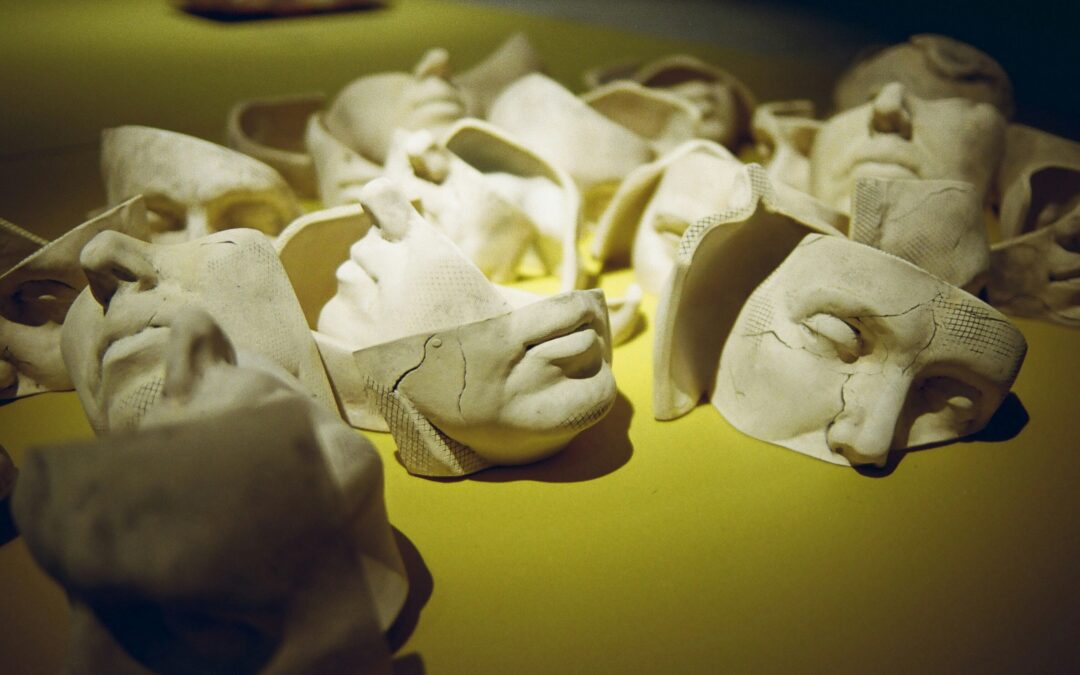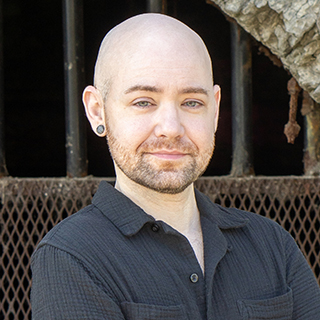Most people have some sort of existential crisis around authenticity, often but not always in our teen years, when our brains have developed enough that we find ourselves thrown into a complex world full of risks and choices. It is during these years when we first explore our own agency (often demanding to be “treated like an adult”). And often we have more than one crisis, as our lives grow and change and get ever more complex.
Do we need to always know exactly what we’re about and what our authentic path is? No. But living authentically will give you more meaning, more joy, more connection with the world, and more satisfaction. Ask me how I know.
So here are some places to start when you want to move into your own authenticity. (I wish this word had a verb form, because it truly is an active, ongoing process. Authentifying?)
- Start with the roles that have been assigned to you so far in life. Child, sibling, student, friend are ones many of us have been given. How strongly do you identify yourself with these roles? How much of your time and energy do you use to fulfill the expectations of them? Certainly we can find aspects of authenticity in the roles we play, but most likely there are also ways in which you are performing these roles that don’t align with your preferences or visions for yourself.
When you have a moment to pause and consider your day, ask yourself: What did I do today that felt draining or made me resentful? What did I do that filled my cup? Try to leave aside the typical stresses of work and daily obligations like feeding yourself here. Instead, think about the interactions you have with others and the activities you are able to choose for yourself (even if the choice was to commit to something for someone else). Do this for a week or two and start looking for patterns that will show you how you are performing and who you might want to become instead.
Consider your cultural identities as well. All marginalized groups, in one way or another, have identities forced upon us by our Western society. This may come in the form of ableism, white supremacy, sexism, transphobia, or something else. Most of us end up internalizing some of those stigmas as a survival strategy. Cultural identity development involves challenging what we’ve been taught about ourselves, rejecting the harmful narratives, and developing positive narratives about who we are in resistance to the dominant paradigm.
- Explore your personality using a tool designed for reflection and increased awareness. The Enneagram, the Myers-Briggs, the Big Five, astrology—there are plenty of options to choose from. This process might reflect things you already understood, confirm things you suspected, and challenge you with things you are surprised to read but ring true. The point isn’t to take this information at face value (or buy into just one of these models), but to use it as a springboard to start making some choices about who you are becoming. Ask yourself:
How do I want to embody these aspects of myself? What did I find is true but don’t like about myself, and how do I want to change that? Does this information align with, or challenge, the way I am currently living my life? This is where you can start to internally dig into performance vs. authenticity, the ongoing, active process of choosing who and how we are in each moment of our lives and, in recognizing our freedom to do so, taking responsibility for ourselves.
- Find your values. You are already living according to some values, even if you don’t know what they are. The thing is, they might not be your own, but your parents’, friends’, teachers’, society’s. So start by looking at what you spend your time on and why. Did you prioritize having some down time this weekend or going to a friend’s party you RSVPed for, even though you were tired? Why? Did you pursue higher education, and if so, for what reason? Is there some activity you often want to do? Why? And what do you do instead? Make a project of observing yourself for a week or two. Write down what you learn about the choices you make. They try to identify a value in that choice (you might discover that some of those values are not ones you want to uphold). Don’t just use an abstract word—define the word. Freedom doesn’t mean to me the same thing it means to you.
Next comes learning to live by your values. I’m writing this like it’s easy, but I know it isn’t. Living our values often creates tension in our current relationships and requires taking a hard look at what we’re doing with our time. But change is inevitable, and claiming agency over how and when we change is part of choosing authenticity. Living a values-aligned life can mean making both small and big changes. So start with small ones. Did you find, for instance, that you went to that friend’s party out of social obligation that you were taught by your family, and in making that choice you sacrificed your own need for care? Are you filling your time with activities that your family approves of, rather than something that lights you up? Practicing on this scale will help you build the confidence to live your values on a larger scale.

